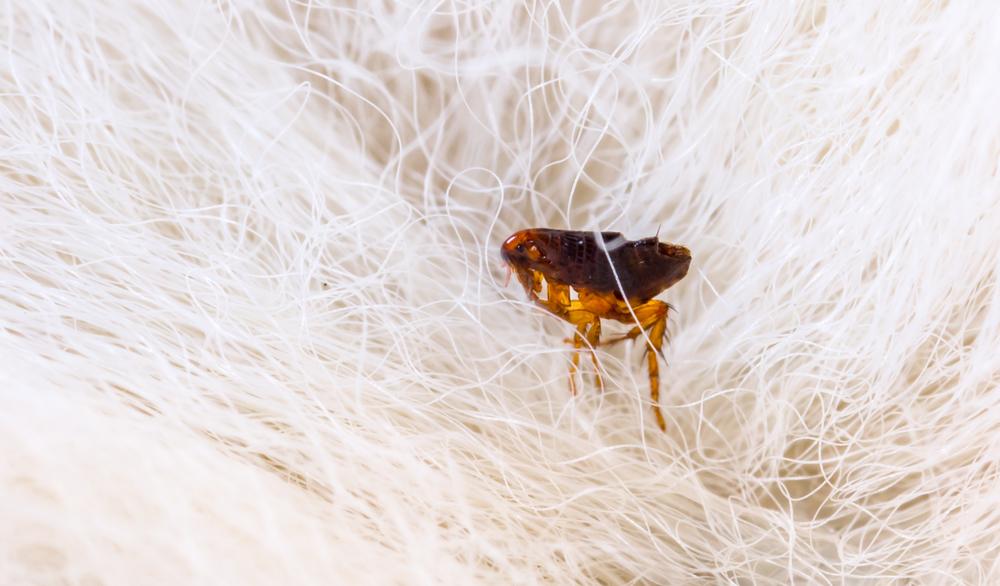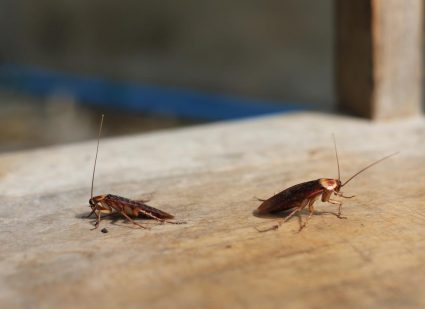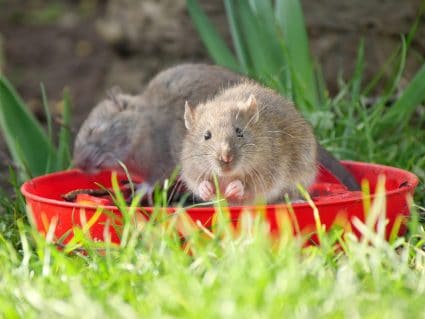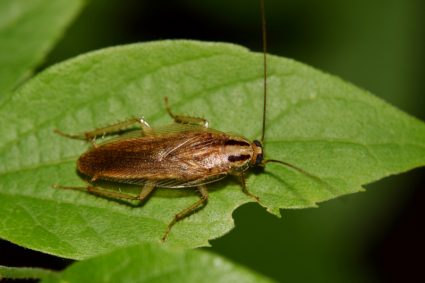
Fleas, the tiny, blood-sucking pests, are every pet owner’s nightmare. They are not only a nuisance but can also cause serious health problems for your pets and your family. But how can you identify a flea infestation? Here’s an in-depth guide to help you find a flea infestation in your home.
To find a flea infestation, look for signs such as excessive scratching or unexplained hair loss in your pets, bites on human ankles, flea dirt, live fleas on your pet’s fur or bedding, and changes in pet behavior. You can also perform a white sock test by walking around your home with white socks to spot jumping fleas. Check common hiding spots like pet bedding, carpets, rugs, cracks, crevices, upholstery, clothing, and your dog’s tail. Confirm the infestation by visually inspecting these areas or using a flea comb on your pet’s fur.
Understanding Fleas
Fleas are small, wingless insects that are 1-2mm long. They are reddish-brown or black and oval-shaped. Flea eggs, on the other hand, are almost microscopic, measuring about 0.5 millimeters in length and about half as wide, which is roughly the size of a grain of salt. They have a soft shell called a “chorion” and are off-white in color, similar to a grain of salt, but more oval in shape.
Signs of a Flea Infestation
Identifying a flea infestation early can save you a lot of trouble later. Here are the key signs to look out for:
- Excessive scratching by pets: Pets with fleas tend to scratch or bite the affected areas due to irritation caused by flea bites.
- Bites on human ankles: Fleas may bite humans, especially around the ankles, leaving itchy red spots.
- Unidentified welts on animals: Pets may develop welts or irritated skin due to flea bites.
- Unexplained hair loss on pets: Fleas can cause hair loss in pets as they scratch and bite at their fur.
- Flea dirt: Fleas leave waste material called flea dirt on your pet’s skin, which looks like little black specks.
- Live fleas: You may see tiny black or brown fleas on your pet’s fur or in their bedding.
- White sock test: Wearing white socks and walking around your home can help you spot fleas as they jump onto the socks.
- Change in pet behavior: Pets may exhibit changes in behavior, such as increased scratching, licking their skin, shaking their head, or restlessness.
Common Hiding Spots for Fleas
Fleas are likely to hide in various places within a house. Common hiding spots include:
- Pet bedding and living areas: Fleas often reside in places where they can feed and reproduce undisturbed, such as pet bedding and living rooms.
- Carpets and rugs: Flea eggs often fall off pets and onto the floor, and flea larvae prefer to stay away from light, so they’ll move closer to the ground. Fleas will hide in carpets and rugs until they can latch onto a host.
- Cracks and crevices: Fleas and their eggs can squeeze into tiny spaces, including the cracks in hardwood or tile flooring. They can also be found hiding in crevices near and on baseboards.
- Upholstery and clothing: Fleas hide indoors on textured surfaces like carpet, bedding, clothing, and upholstery. These surfaces are especially good hiding spots for flea larvae.
- Dog’s tail: On dogs, fleas tend to dwell on their tails, as fleas prefer to hide in thick areas, and the hair on a dog’s tail usually provides this sanctuary.
Impact of a Flea Infestation on Health
A flea infestation can have several negative effects on the health of both humans and pets. For pets, particularly dogs and cats, flea infestations can lead to Flea Allergy Dermatitis (FAD), tapeworm infestations, anemia, and Canine Bartonellosis. For humans, flea infestations can lead to itchy bites and a number of flea-borne diseases, including plague, flea-borne (murine) typhus, and cat scratch disease.
Confirming a Flea Infestation
To confirm a flea infestation, you can use a combination of visual inspection and other methods, such as running your hands over carpets and rugs, to detect the presence of fleas. You can also use a flea comb to check your pet’s fur for fleas and flea dirt. If you find black specks on the comb, they might be flea dirt.
Mistakes to Avoid When Identifying a Flea Infestation
When identifying a flea infestation, avoid common mistakes like not recognizing the signs, confusing fleas with other pests, focusing only on pets, not understanding the flea life cycle, and relying solely on visual inspection.
Immediate Steps to Take After Identifying a Flea Infestation
After identifying a flea infestation, it’s essential to take immediate action. This includes treating your pets, laundering pet bedding, vacuuming infested areas, cleaning pet furniture, sweeping floors, applying insecticides, and maintaining hygiene practices.
Identifying a flea infestation can be tricky, but with the right knowledge and tools, it’s definitely doable. Remember to check regularly, treat promptly, and take preventative measures to keep your home flea-free.
Frequently Asked Questions
What are some preventative measures to avoid a flea infestation?
Some preventative measures include regular cleaning of your home, especially the areas where your pets spend most of their time, regular bathing and grooming of your pets, using vet-approved flea preventative treatments on your pets, and keeping your outdoor area clean and free from debris where fleas might hide.
Can flea infestations occur in homes without pets?
Yes, flea infestations can occur in homes without pets. Fleas can be brought into your home through other means, such as on clothing or through shared walls with infested neighbors in apartment buildings.
How long does it take to get rid of a flea infestation?
The time it takes to get rid of a flea infestation can vary, but it often takes 3 to 4 weeks. This is because you need to break the flea life cycle, which can take a few weeks. It’s important to continue treatment for at least a month to ensure all fleas and their eggs are eliminated.
What are some natural remedies for flea infestations?
Some natural remedies include using essential oils like eucalyptus or lavender, using diatomaceous earth, and using a vinegar solution. However, these methods may not be as effective as commercial flea treatments and should not replace veterinary advice.
Can fleas survive in cold weather?
Yes, fleas can survive in cold weather. They can’t survive freezing temperatures, but if they find a warm host or a warm spot in your home, they can survive and continue their life cycle.












